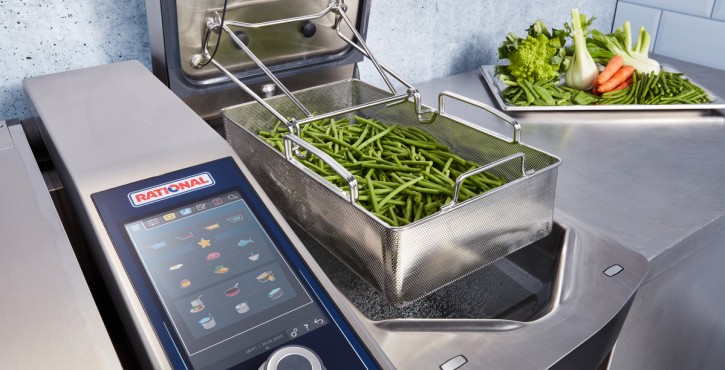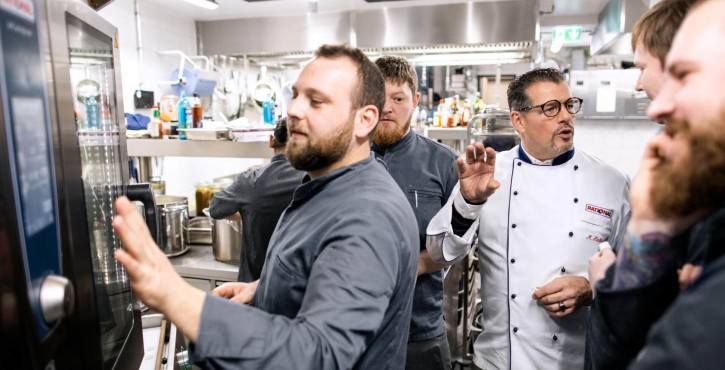Have you considered your restaurant's carbon footprint?
With the rise in focus on environmental impact reduction globally, many restaurant professionals are looking for ways to operate more sustainable restaurants while also ensuring they remain profitable! One way to accomplish this is by evaluating your supply chain, from produce to commercial kitchen equipment.
Below, we will explore easy ways you can do your part in reducing your restaurant's carbon footprint and becoming more environmentally responsible without sacrificing quality or breaking the bank!
-fix725x370.jpg)
Using local suppliers is the best way to reduce your restaurant's carbon footprint. When you source your ingredients from local farms, you'll cut down on the emissions produced from transporting those ingredients to your restaurant. Moreover, you'll support the local economy and get fresher ingredients!
-fix725x370.jpg)
Buying bulk ingredients is another great way to reduce your carbon footprint. Buying bulk often reduces the amount of packaging used, which can help to reduce packaging waste. It can also be cheaper in the long run as you'll avoid re-ordering small quantities of ingredients more frequently. Be sure to carefully choose what you order in bulk to avoid unnecessary food waste.
-fix725x370.jpg)
Another fantastic option for reducing your restaurant's carbon footprint is using sustainable seafood. Sustainable seafood comes from fisheries that minimise harmful environmental impacts, ensure the working conditions are fair and support livelihoods, which have economic benefits throughout the supply chain. Also, sustainable seafood is often fresher and tastier than non-sustainable seafood.
-fix725x370.jpg)
Try to use recycled disposables or reusable packaging for your restaurant whenever possible. This will help reduce the amount of waste produced and reduce transportation emissions, as recycled materials often have to be transported less distance than new materials.

When choosing new equipment for your restaurant, select energy-efficient equipment as they often use less water and energy than traditional models, which can help to reduce your carbon footprint. Energy-efficient equipment is often more cost-effective in the long run as it will save you money on utility bills. The simplest way to save energy in the professional kitchen is to switch on electrically operated appliances only when required and to switch them off immediately when not in use. When it comes to boiling, frying and deep-frying, the RATIONAL iVario Pro is one of the most modern cooking systems for maximum productivity, flexibility and simplicity, replacing almost all conventional cooking appliances. With the iVario Pro , you can save up to 40% of your energy by not running multiple appliances and its speedy heat-up time, making it ready to use in less than 2.5 minutes.

Educating your staff and customers about sustainable practices is essential if you want to reduce your restaurant's carbon footprint. Raising awareness about the importance of reducing our environmental impact can inspire others to make changes in their own lives and lead to wider positive changes.
Reducing the carbon footprint in your restaurant supply chain doesn't have to be complicated or expensive—and it could even save you money in the long run. Also, don't be afraid to shout about your steps to be more sustainable, with more and more customers caring about the environment.
If you're interested in learning more about how RATIONAL can help your restaurant reduce its carbon footprint by optimising your kitchen layout to installing energy-efficient commercial kitchen equipment like the iVario Pro, we'd love to chat.